Early-Game Support Tips for League of Legends by Biofrost
Biofrost sits down with me to discuss some in-depth techniques and thoughts to consider for Supports in Solo Queue. Timers, Trading, Draft, and Vision Control are covered here!
Biofrost sits down with me to discuss some in-depth techniques and thoughts to consider for Supports in Solo Queue. Timers, Trading, Draft, and Vision Control are covered here!
We’re closing in on two months into the season now, and barring any drastic changes in upcoming patches, things look to be leveling out into a pretty consistent state for the mid-season stretch. Especially for the Support Mains out there! Enchanters are prominent fixtures, there are some excellent hook Champs out there to counter them, and then there are a couple of aggressive tanks that are really shining in response to those hook-masters. Support feels great to play right now.
But that doesn’t mean we can’t up our game! So, sitting with me today is Vincent “Biofrost” Wang! He’s going to walk us through some of his best tips for Solo Queue with a particular eye directed towards the early game where Supports have the most impact!
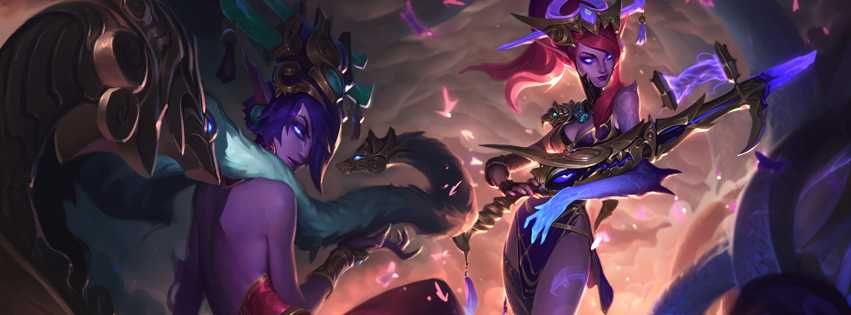
I think the most important thing for you in solo queue is to have a winning Bot Lane matchup. If you win Bot Lane, you get the ability to roam, set up vision, and generally just make things easier for your team to play around on your side. Getting yourself the ‘push’/winning lane comes more to matchup knowledge most of the time, but there are some general picks that are very strong in solo queue right now. Thresh, Karma, Leona, Nautilus - These Champions are generally pretty good.
Beyond securing yourself the winning Bot Lane, as a Support you have one of the most flexible roles to facilitate what a team comp needs. Through your journey through the ranks of Iron-Silver, you can play almost anything you want since the coordination of play here is pretty weak with kills and picks happening at random. But once you hit the mid ELO ranges of Gold-Platinum, compositions start to matter more across the board and games can get decided by who does or doesn’t have a solid teamfight presence.
As a Support you’ve the ability to lock in various classes to facilitate your team comps. Mages like Zyra, Xerath, and Brand can fill in slots when your team has more facilitative carries. Leona and Nautilus as mentioned by Biofrost are some of the best tanks available in the game right now, especially if you like to play on the aggressive side of things. Enchanters are extremely Meta right now enabling hyper scaling picks like Kai’sa, Vayne, and Zeri to dominate games. And their classic counter of hook Champions will always be good in the uncoordinated vacuum of Solo-Queue, Champions like Thresh, Bliltzcrank, and Pyke.
Keep in mind what your Duo Lane first needs in terms of synergy, naturally. You don’t want to lock in a Yuumi with a Samira and just have absolutely no synergy, right? But if you’re the last pick that decides whether your team features an engage piece or not, then you can make the call if you feel lowering the duo’s strength is worth it for the compositional strength.
I always picture Bot Lane as a Duo. If you think about things only as your Champion versus the enemy Support, that’s not gonna be enough. For example, if you have Twitch-Morgana vs, Varus-Thresh. So, Morgana counters Thresh, right? But in the Twitch-Varus matchup, the difference is too big. So, it doesn’t matter if you’re countering Thresh with Morgana since you’re losing on the ADC side and you’re going to be pushed in making things harder for you as Morgana to lane. But, if you’re with a duo partner, and you change the ADC and you’ve got something like a Caitlyn-Morgana instead of a Twitch, then not only have you countered the Thresh but you also have the better ADC at this point. So, it’s very important to think about Bot Lane as a duo.
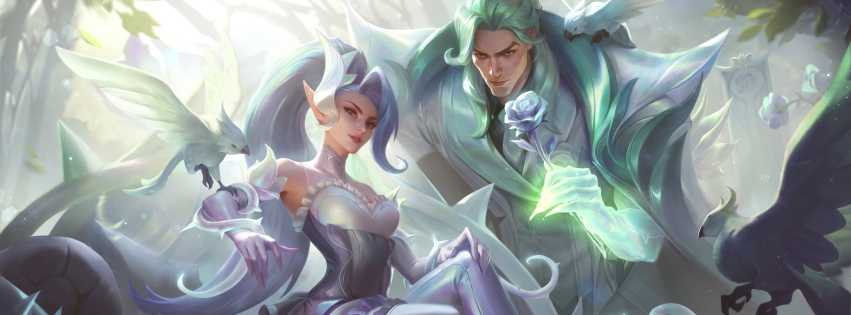
A lot of Mage Bot Laners are usually running Teleport and are usually pretty weak early on in the lane. They want to be getting their Lost Chapter buy before they’re stronger in lane. So, this makes them more of a scaling-focused picks overall. But because they have Teleport, it’s easier for them to farm out even through poke. They also provide a ton of good wave clear that just gets better later on in the game. They’re best when you need AP damage and can’t get it from anywhere else.
So, our adjustments that we make when playing with Mages aren’t too dissimilar to what we currently play with in Bot Lane with Marksmen. Mages like Marksmen have a 1300g buy that they like to play around, they typically benefit from scaling, even in aggressive lanes, and they overall have a pretty safe pattern of play.
But there’s an adjustment of tempo and windows that you should factor. As ability focused Champions, there’s less uptime on a Mage’s damage in comparison to a Marksmen. So, if you’re a Support that likes to get in and get scrappy early, while you might win initial trades with a Mage’s rotation through the early going, you’re more than likely going to lose out on extended fights against a traditional Marksmen-Support lane since their damage isn’t strict cooldowns. So, you have to adjust the way you approach skirmishes. Where you might chase down a lane to secure a kill with a Marksman, with a Mage you may need to just simply jump in for the health trade and then immediately back off to maintain lane strength.
Continuous and consistent damage typically is the factor that has kept Marksmen continuously Meta selection. Their damage, unlike Mages, isn’t gated by cooldowns and it’s unavoidable damage 95% of the time. And their damage against neutral objectives like Large Monsters and Turrets is far more consistent and higher than that of a Mage’s.
If you frequent High ELO Streams or the Challenger Replays Youtube Channel like I do, you’ll often see Supports start the game by immediately rushing down towards Bot, waiting a few moments, and then dropping their trinket ward in the center alcove brush of Bot Lane.
This first ward is tied into ‘getting the push’ as I talked about earlier. A lot of the time people get this ward down because they want priority in the early lane. And to get that priority down the position of the early lane is very important. So, first, if you have that ward you can see if enemies are cheesing. Second, it can help you contest the brush early which is super important to securing the push in the lane. Control over this brush means that you get to sneak in auto-attacks or fire skill shots from a position where it’s harder for you to be hit.
The obvious downside to this ward is that you have one less ward to avoid ganks with. Generally, this is fine if you know where the Jungler is starting, which you can glean from how late your opponents show up to lane or if they’re missing Mana/HP from having leashed, but against certain sneaky or aggressive Junglers like Shaco, Xin-Zhao, or Jarvan, you may want to opt for holding your ward to secure your defense against the gank rather than using it to contest the lane.
So, talking about vision, there are some areas to keep in mind to get the most of your wards. On Blue Side you’re trying to ward Tri-Brush, the closest brush to you, and the River Brush. These are generally the wards you see. Obviously, there’s more than just these locations, so if you can get a further ward down river, that’s pretty good right? Or a ward that deeper into an alley of the Jungle is great. But ideally you want to be warding enemy camps if you have the time to do so. This generally means you have a long timer, which means you have the push-in that we mentioned before.Your timer is based on when the next wave is going to come, and you want to be present for that wave or you’re allowing the enemy Bot Lane to secure their own timer and do the same. So, generally place wards based off of how much time you’re given based on the wave through laning phase.
Additionally, when you’re coming out of base is a great time to look to establish more in terms of vision for your team. Often this depends on if your Champion is a more mobile Support like Bard or Pyke can get back to lane quickly with their mobility without suffering much in terms of EXP/Gold loss. But if you’re in time with your wave you can move to clear clogs in your vision line as any type of Support. This window is a great one to work from if you’re facing a Jungler that’s shown themselves to be creative in their gank angles, a willingness to dive aggressively, or against particular Champions like Zac or Kayn who have the ability to traverse terrain at unique spots.
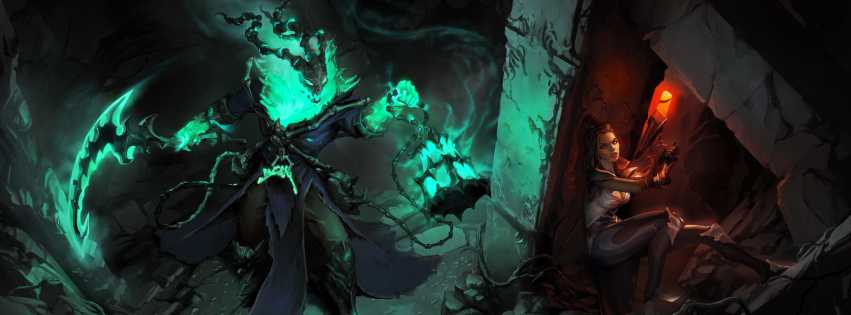
A ton of Support gameplay boils down to timers, as you’re likely starting to tell. Naturally some of the biggest timers to keep track of are Summer Spell timers. Flash, Ignite, Exhaust, Heal, and TP are your most common spells in Bot and Supports are typically allotted the task of monitoring their cooldowns and relaying the information to their team. Keep in mind that Cosmic Insight and Boots of Lucidity alter the uptime on Summoner Spells by reducing their cooldowns. Here’s a table that shows the effects.
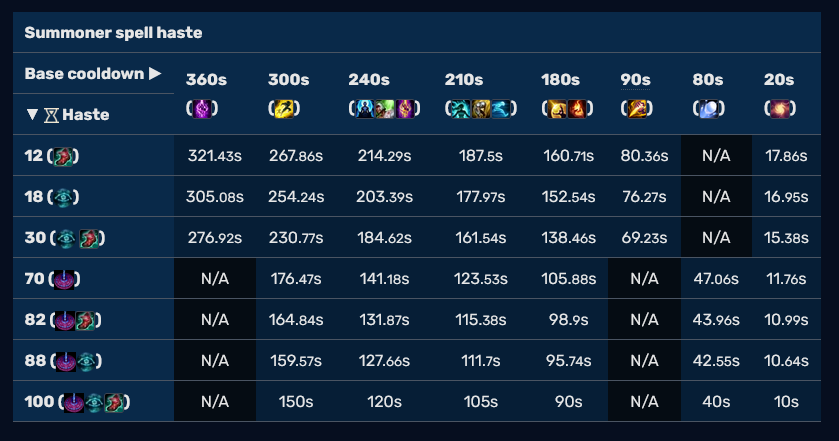
(Table from the Summoner Spell Section of the League of Legends Wiki)
After tracking Summoner cooldowns, seeing as Supports are often the go-button on aggressive plays throughout the lane phase, they ideally track some of their opponents' bigger ability cooldowns through the lane phase before Ability Haste begins to drastically scale up. ‘Big Cooldowns’ are typically defined as Ultimates, Mobility, Major CC, or Primary Damage abilities. So, things like Lucian’s Dash (Mobility), Morgana’s Q (CC), or Sivir Q (Primary Damage).
As a Support you base your windows of aggression around these impact abilities around various factors like your opponent’s HP/Mana versus your own and that of your partner’s, this typically what defines a good aggressive Support versus a bad one. Sometimes this is referred to as Economy, especially when discussing fights involving ultimates.
Usually when I talk about the game, I don’t think of things as ‘This player is aggressive’ or ‘This player is passive’, I think of it as 'This player is either good, or bad.’ They’re either playing according to the situation or not accordingly. There’s always a right thing to do. In some cases, you’re given options like, ‘Do I go for this 20% chance play’ or ‘Do I go for this 80%’ chance play. For example, the Jungler could be Bot but I make an aggressive play anyway. Sometimes you can make those risks in Solo Queue and test your limits or get a feel for your opponents. I don’t personally like to play that way. The most consistent way to play is to push, get vision, roam on your timers if needed, but otherwise utilize your matchup knowledge to know when you can play aggressively. If you don’t have that knowledge, you’ll be blindly going into situations.
An often overlooked factor of Support gameplay is itemization. While U.GG isn’t typically a wrong look to follow in terms of build paths, Supports are afforded some pretty situationally powerful items that can really change the outlook of duels and teamfights. But before we talk about those, let’s talk about stats or components that have a ton of meaningful impact.
Through the early phase, what stats you prioritize depends on your Champion. So, say you’re playing a roamer (Bard, Thresh, Pyke) getting Boots early is good. I wouldn’t say Tier 2, but you can commit if you want to play that style if you want to by rushing Mobility Boots. If you want to play for more fighting power, Kindlegem is an excellent component to pick up since it gives both HP and Ability Haste while generally being a well-rounded item. If you’re playing a ranged support then you generally want to prioritize damage if you’re winning hard in lane, but against a melee/all-in matchup maybe Kindlegem is a better option for survivability over something like Bandleglass. In ranged versus ranged, matchups depending, maybe it’s more okay to go Bandleglass.
While our intention is to provide insight into early-game defining techniques in this piece, I’d be foolish to not bring up itemization and then list off some items that you can opt for as a Support beyond lane phase that really can impact the game.
Bramble Vest/Thornmail - Tank/Hook Champ’s Anti-Heal that provides HP/Armor/Damage against auto-attackers.
Oblivion Orb/Morellonomicon - Mage Anti-Heal, typically O-Orb is taken early but Morellos is completed towards the end of a Mage’s build path.
Oblivion Orb/Chemtech Putrifier - An Enchanter’s Anti-Heal. Rush towards a completed Putrifier after investing in an O-Orb since Putrifier applies Grievous Wounds to your allies’ attacks whenever you shield or heal them.
Staff of Flowing Water - An Enchanter Item that synergizes excellently with ability-based comps by granting more ability haste whenever you shield or heal
Ardent Censer - An Enchanter Item that enhances the attack speed and damage of those you shield/heal. Great for auto-attack focused compositions.
Mikael’s Blessing - Removes all crowd control debuffs (except Airborne, Blind, Disarm, Ground, Nearsight, and Suppression) from yourself or an allied champion while also healing the target.
Randuin’s Omen - A Tank Item that has an active which slows and reduces crit damage and a passive that reduces auto-attack damage
Frozen Heart - A Tank Item that passively reduces the attack speed and auto-attack damage.
Mercury Treads/Plated Steelcaps (sometimes referred to as Tabis)/Lucidity Boots - Mercs are taken against comps with high AP damage or CC, Steelcaps against comps with multiple auto-attack Champions, Lucidity Boots is a generally fine option for uptime on spells and abilities.
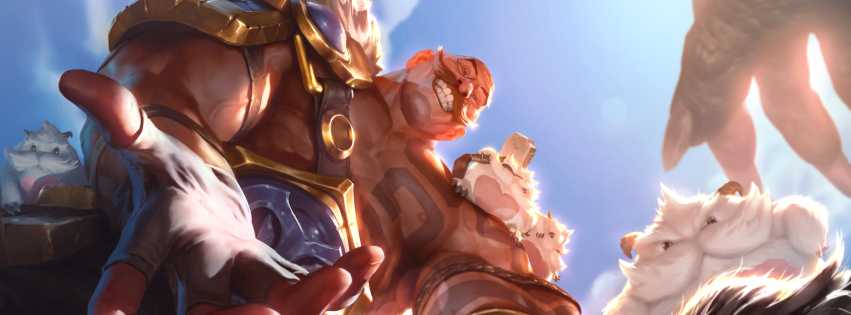
So, there you have it. Some in-depth discussion on Support play that you should consider to have an impact throughout the early game. Big thanks to Biofrost for entertaining my questions. If you want to find out more about Biofrost and see his updates, check him out on these social platforms: